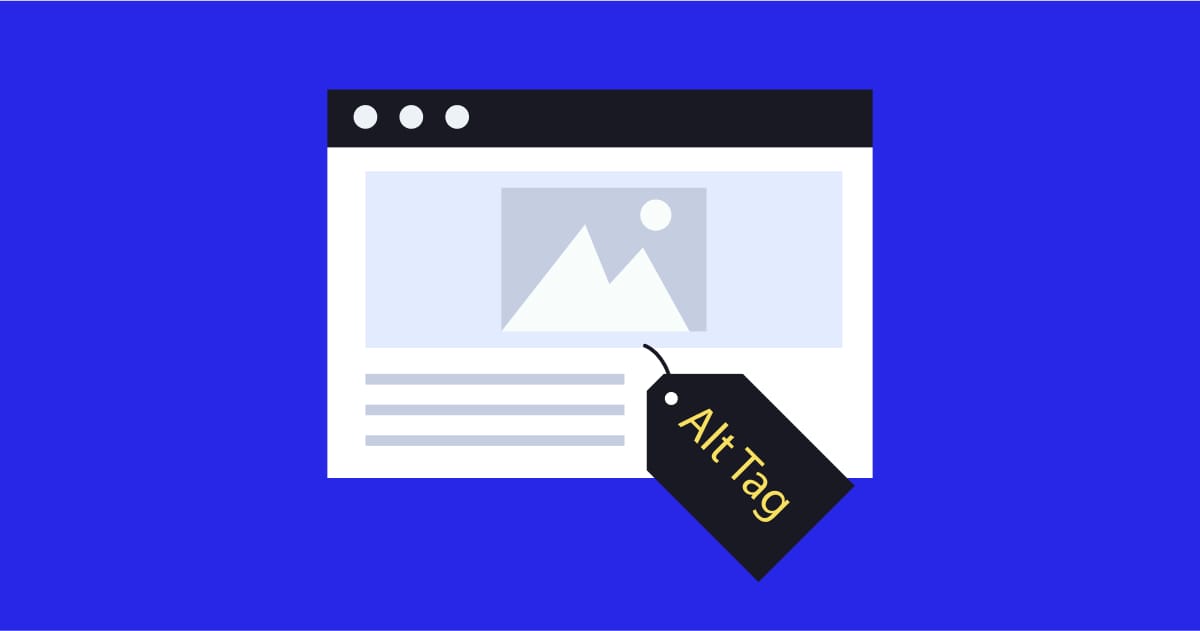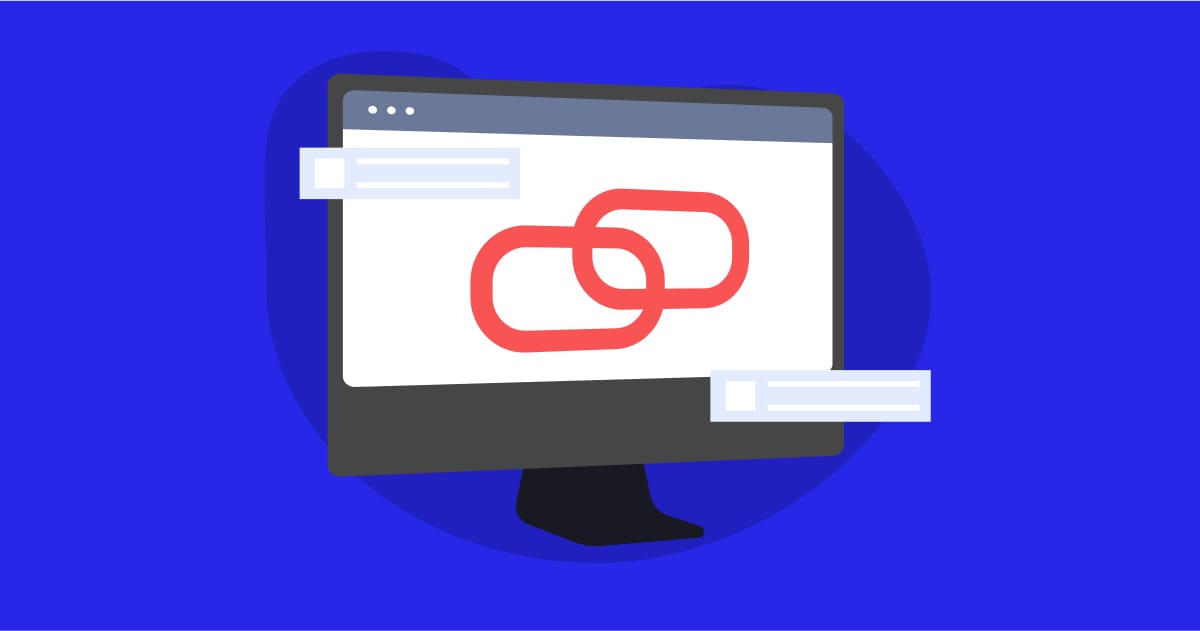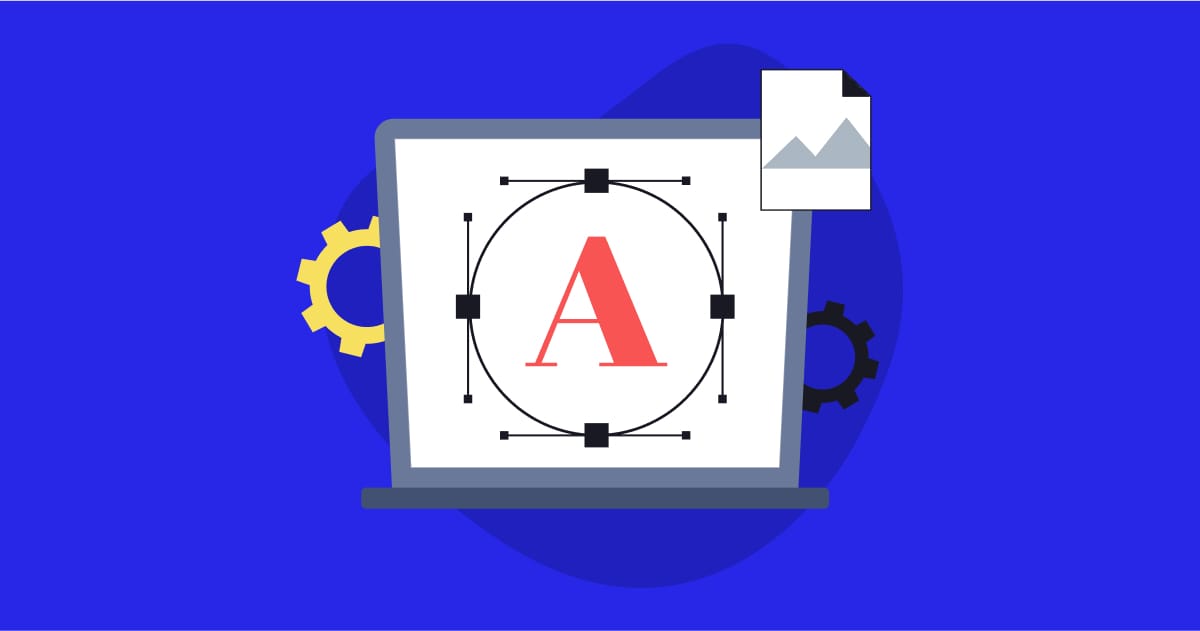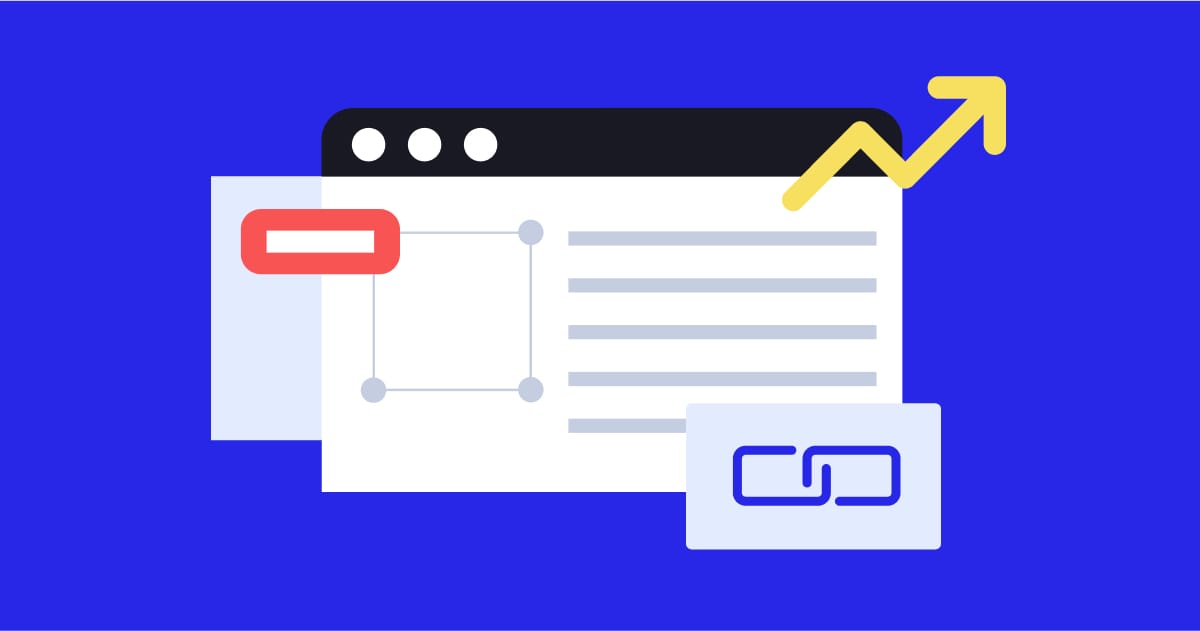Hey! 👋
Let’s face it: adding alt text to every image on your website isn’t the most glamorous task. It’s easy to overlook—a checkbox you skip during uploads, a detail you breeze past when you’re focused on layout or copy.
It can feel like one of those things that doesn’t really matter.
The image should load, right? And everyone can just look at it, right? Sadly, neither is true.
Images don’t always load—especially on slower connections, outdated browsers, or in places with strict content blockers. Without alt text, users are left staring at a broken image icon with no clue what was supposed to be there.
And not everyone can see images! Visually impaired users rely on screen readers, which can only interpret and convey what’s written in the alt text.
If that text isn’t there, they’re left out of the experience entirely—missing product visuals, step-by-step graphics, or even essential calls to action.
Skipping it could be costing you in ways you didn’t realize. Alt text is one of those behind-the-scenes details that quietly makes your site better—for users, for search engines, and for legal compliance.
Ignoring it can mean missed traffic, poor accessibility, and even legal risk if your site falls short of ADA or WCAG standards.
📈 The Hidden Power of Alt Text
Alt text (short for “alternative text”) is a simple line of text that describes the content of an image. While it may seem minor, it plays a major role in both accessibility and SEO. Here’s why it matters:
Improves Accessibility
Alt text helps visually impaired users understand what images represent as screen readers use it to describe images aloud. According to the CDC, roughly 4.6% of U.S. adults have a vision disability. That’s millions of potential customers who depend on alt text to fully access your content.
If your site uses images to communicate offers, features, or calls to action (let’s face it: most modern websites do), then leaving out alt text, essentially hided content from an entire segment of your audience—guaranteeing lost engagement and lost sales.
Boosts SEO
Search engines can’t see images, but they can read text. Descriptive alt text allows them to index your visuals properly, increasing your chances of appearing in image search results. No alt text? You’re basically leaving that SEO value on the table.
And in e-commerce or service-driven businesses where visuals are often key decision drivers (think product shots, before-and-after images, or icons highlighting features) this can have a direct impact on sales. If search engines can’t understand or index your visuals, you miss out on traffic that could have come through image search.
For example, a potential customer searching Google Images for “modern farmhouse kitchen remodel” might never find your portfolio if the images aren’t tagged with relevant alt text. That’s a missed opportunity—and likely a missed sale.
Supports Faster Load Times
When images fail to load—due to a weak connection, browser issues, or content blockers—alt text provides helpful context. Without it, users see a broken image icon and confusion instead of clarity.
Legal Compliance
Accessibility is increasingly a legal requirement. Adding alt text helps you stay compliant with ADA and WCAG standards. In fact, there were over 4,000 federal ADA website accessibility lawsuits filed in 2023 alone—many targeting businesses that failed to meet basic standards like providing image alt text.
Businesses have been sued over non-compliant websites—sometimes facing costly settlements or reputational damage. And the risk doesn’t just apply to large corporations. Small and mid-sized businesses are increasingly in the crosshairs too. Don’t let a missing image description turn into a legal headache or an unnecessary hit to your bottom line.
🚀 Actionable Tip
Do a quick audit of your website’s most important pages. Look at every image and check whether it has relevant alt text. Focus on product pages, homepages, and service areas where visuals carry key information.
If you use a CMS like WordPress or Shopify, there are built-in tools and plugins that can help speed up the process.
Why This Matters
improving how people and search engines experience your site.
-
Better User Experience: You make your site more inclusive to everyone who visits.
-
Improved Search Visibility: Well-described images help your pages rank better, especially in image-heavy industries.
-
More Trust + Credibility: Thoughtful alt text shows attention to detail, which builds brand trust.
Until next time!
Adam Goetz @ Reciprocal





